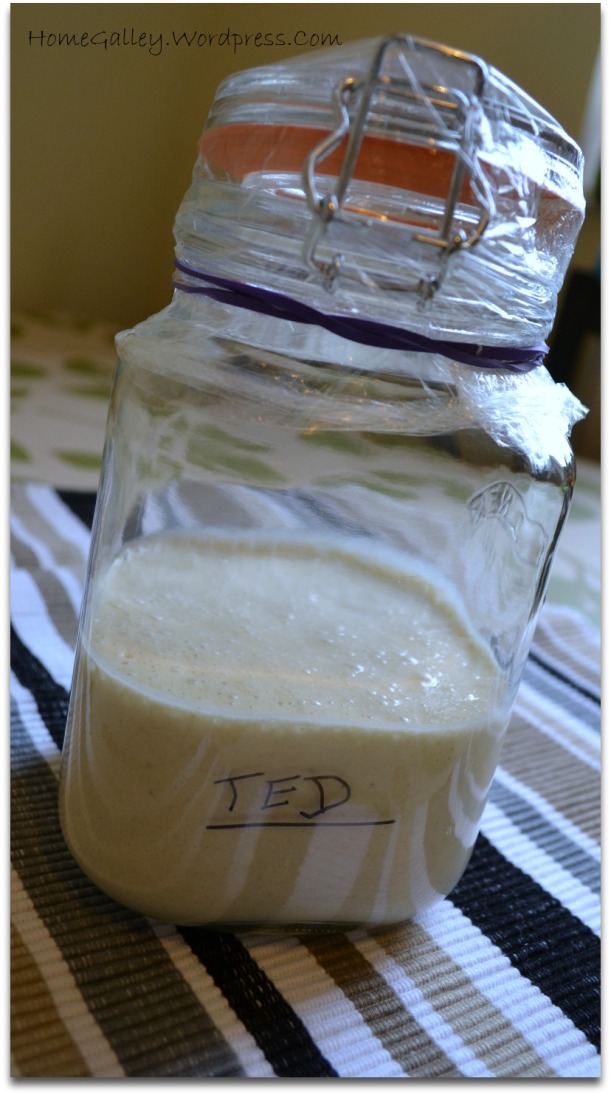Nothing knocks the socks off dinner guests like home made bread. The wonderful taste of fresh bread is just so much scrummier than anything from a shop. Add to that the “straight out the oven” warmth and you’re onto a winner. An added bonus, as well as wowing your guests, most bread is actually ridiculously easy to make
This bread is one of those super easy types and will impress even your most severe critics. I even got it right in an oven not my own, always a risk when baking. Its also pretty adaptable. You can mix and match your flours, although don’t go more than 50% wholewheat or you may end up with a brick rather than a loaf. You could replace the rosemary with caramalised onions or thyme and grated parmasan, drool! You can bake this as a standard 2lb loaf, solo rolls, plaited loaf, the options are endless. The olive oil adds flavour and moistness as well as helping the loaf to last a little longer. Good luck with that though, mine lasted all of 30 minutes, followed by requests for, “More please!” and that is no exaggeration.

Using just seven ingredients, and a fair amount of hands off time, I’ll explain how to make this so that you can still go out for the day and have it ready to pop in the oven for dinner.
Ingredients:
600g bread flour. I used a mix of half strong white bread flour and half a whole wheat malted seed flour. You can use whatever mix takes your fancy, as long as roughly half is strong and white.
1 sachet of dried yeast (roughly 7g or a rounded teaspoon)
1 rounded tablespoon sugar (or honey)
A large pinch of salt (also have a course salt grinder on hand)
A tablespoon of fresh rosemary leaves chopped (dried is also fine)
Olive oil
380ml of warm water (about a cup and a half)
Method:
First thing in the morning, put the flour and salt into a large bowl. Make a well and tip in the sugar and yeast. Add the water and start drawing the flour into the center. At first it will seem like you don’t have enough water and then, you may end up with what seems like a just too wet dough as it all comes together. Add more water or flour right at this beginning stage until you get one ball of dough that’s slightly sticky.
Knead for a good 10 minutes to develop the gluten. There are some great videos on You Tube for kneading techniques for slightly wetter bread dough. Don’t be tempted to add more flour unless it’s really not holding its shape. The dough will lose its stickiness as the gluten develops.
Once the dough starts feeling nice and elastic, do the window pane test to check that it stretches thin rather than tears. If you’re happy with the gluten development, form it into a ball and leave to rest on the counter.
Scrape any chunky bits out of the original mixing bowl (it must be a large bowl with room for the dough to more than double in size. Add a swirl of olive oil to the bowl and make sure it coats the base and sides. Add in your dough and flip it over once or twice so it’s all coated in olive oil. Cover with oiled cling film and pop into the fridge. Go to work, or the beach in our case.
When you get home in the early evening, take the bowl out of the fridge and leave somewhere to come to room temperature. I did this while I fed the kids. An hour later, get the dough out of the bowl, it should have more than doubled in size after 8 hours in the fridge. Gently flatten it on the counter. It may feel pretty rubbery if still cold, that’s just fine. Sprinkle the surface with rosemary and coarsely ground salt. Fold into thirds. Flatten gently and repeat twice more. Form into a sausage shape and cut into 9-11 equal pieces.
Shape each piece into a roll. There is a great video here on You Tube to show one way to do it. Place each of the rolls into a pre-greased, 28cm round cake tin. Once all the rolls have been crammed into the tin, sprinkle on some more rosemary and sea salt before gently covering with some oiled cling film and placing in a warm spot to prove. An hour and a half should do it. Get those kids bathed and into bed.
Heat your oven as hot as it will go (260 for mine) and place an empty baking tray on the bottom rack. If you have a baking stone, pop that on the middle shelf. If you don’t, a Pyrex dish sans lid that will fit the cake tin will also work well. I did mine with neither and it turned out just fine. Boil your kettle.
Once the oven is nice and hot you need to do two things really quickly before GENTLY closing the oven door again. 1) pour the kettle full of water into that nice hot baking tray on the bottom shelf (be warned it will be very steamy) and 2) slide your bread in its cake tin gently onto the middle shelf. Close that door gently. Turn the oven temperature right down to 180. Bake for 30 minutes. Do NOT open the door.
After 30 minutes, take out the bread, turn straight out onto a rack and leave to steam while you get your soup poured into bowls etc.
Serve on a chunky wooden board and pull apart to get your piece. Delicious with a thick smear of butter or with soup. Enjoy! !!





